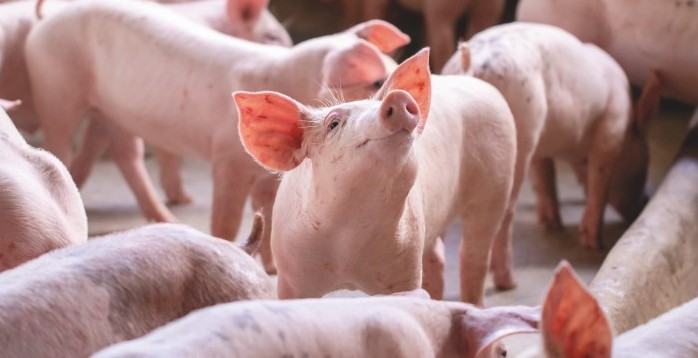AHDB has completed the its ammonia monitoring programme and has passed the findings onto Defra and the Environment Agency.
International agreements on air pollution have resulted in the UK farming industry being required to achieve a 16% reduction in ammonia emissions by 2030.
AHDB said it had taken a major step towards ensuring accurate data is used to assess the environmental impact of ammonia emissions from pigs, conducting trials across a range of different production systems.
Harley Stoddart, AHDB Senior Environment Scientist, said: “We completed our accelerated ammonia monitoring programme in November 2020 and reported the collated findings to Defra and the Environment Agency in December.
“The results dramatically improve our understanding of ammonia emissions from pig units. The Environment Agency (EA) welcomes the work and is investigating, with Defra, how the data can be used for future emissions factors, reporting against Best Available Techniques (BAT) Associated Emission Levels (AELs) and for habitat impact assessments.”
There remain some housing types – sows on slats and some farrowing sites – where the new data, along with the existing emissions factors, do not indicate compliance with the BAT AEL.
The EA is working on the implications of this for existing sites as part of the permit review, as well as newly permitted sites going forward.




